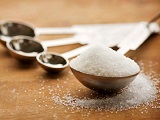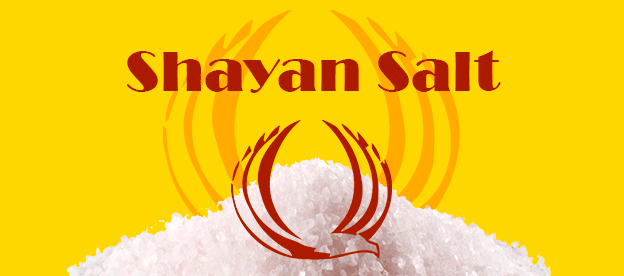
Some table salt sold for consumption contains additives which address a variety of health concerns, especially in the developing world. The identities and amounts of additives vary widely from country to country. Iodine is an important micronutrient for humans, and a deficiency of the element can cause lowered production of thyroxine (hypothyroidism) and enlargement of the thyroid gland (endemic goitre) in adults or cretinism in children. Iodized salt used to correct these conditions since 1924 and consists of table salt mixed with a minute amount of potassium iodide, sodium iodide or sodium iodate. Iodine deficiency affects about two billion people around the world and is the leading preventable cause of mental retardation.
Food salt:
the amount of iodine and the specific iodine compound added to salt varies from country to country. In the United States, the Food and Drug Administration (FDA) recommends CFR [101.9 (c)(8)(iv)] 150 micro grams of iodine per day for both men and women.
Sodium ferrocyanide, also known as yellow prussiate of soda, is sometimes added to salt as an anticaking agent. The additive is considered safe for human consumption. Other anticaking agents sometimes used include:
- tri-calcium phosphate
- calcium or magnesium carbonates
- fatty acid salts (acid salts)
- magnesium oxide
- silicon dioxide
- calcium silicate
- sodium aluminosilicate
- calcium aluminosilicate.
Therefor , Both the European Union and the United States Food and Drug Administration permitted the use of aluminium in the latter two compounds.
fortified table salt:
In “doubly fortified salt”, both iodide and iron salts added. The latter alleviates iron deficiency anaemia, which interferes with the mental development of an estimated 40% of infants . A typical iron source is ferrous fumarate. especially important for pregnant women, is folic acid, which gives the table salt a yellow color. Folic acid helps prevent neural tube defects and anaemia, which affect young mothers, especially in developing countries.
Above all, Fluoride salts can be add to table salt with the goal of reducing tooth decay. The practice is more common in common European countries. In France, 35% of the table salt sold contains added sodium fluoride.





